13th CO Trauma Foundation Course(Mumbai): A Must-Join Program for Orthopedics Residents
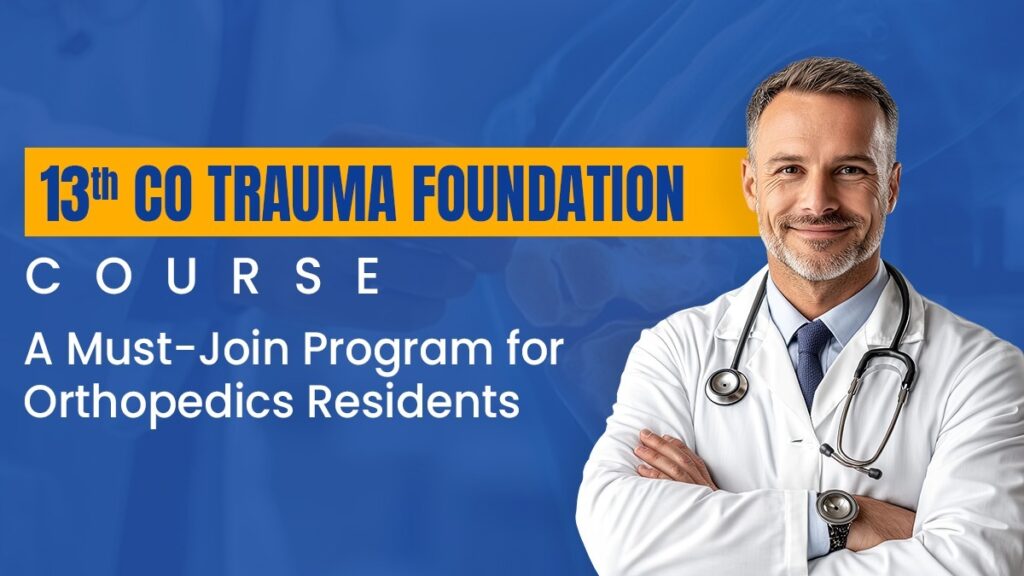
If you missed the opportunity to be a part of the 12th CO Trauma Foundation Course, here’s some good news — the 13th edition is coming soon, and you still have the chance to join one of the most structured and concept-driven trauma courses in orthopedics. For orthopedics residents, MS residents, and early-career orthopedic surgeons, […]
Confused about choosing Orthopedics as a Branch? Honest Answers for Students

Clearing NEET PG feels like winning a battle, but counselling quickly reminds you that the real challenge is still ahead — choosing the right branch. With opinions flying in from seniors, relatives, social media, and coaching mentors, confusion is almost guaranteed. If orthopedics is on your list, you’re probably asking yourself the same questions many […]
NEET SS 2025: One Month. One Chance. One Platform That Changes Everything — Conceptual Orthopedics
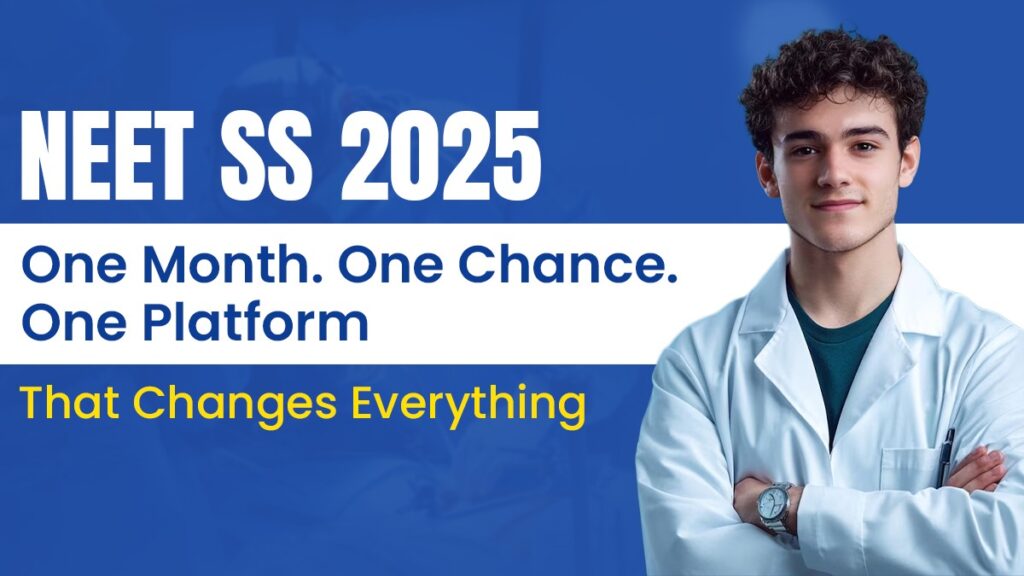
With the NEET SS 2025 clock ticking down to the final month, every single minute is currency. You already know this isn’t just another test. It’s a notoriously difficult beast, famous for its unpredictable, clinical-heavy questions and a relentless focus on real-world surgical application. If you’re locked into Orthopedics NEET SS, you’re wrestling with brutal […]
Understanding Degenerative Cervical Myelopathy: Causes, Classifications & Clinical Insights
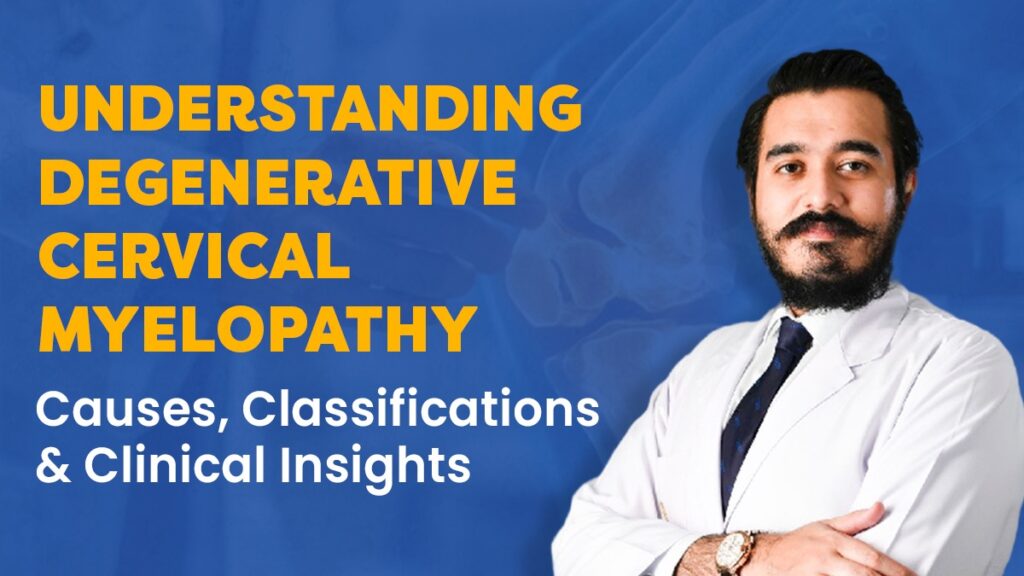
Degenerative Cervical Myelopathy (DCM) falls under a broad umbrella of conditions affecting the spinal cord. Within this umbrella lies a subset of myelopathy caused by bulging or herniated discs, vertebral deformities, osteophytes, facet joint arthropathies, hypermobility, instability, and spondylolisthesis. On the other side of this umbrella are ligamentous pathologies like OPLL (Ossified Posterior Longitudinal Ligament) […]
Understanding Clubfoot: Clinical Features, Diagnosis, and Evaluation in Newborns

Clubfoot, also called Congenital Talipes Equinovarus (CTEV), is considered one of the most common inherited lower limb deformities, which is generally seen in newborns. It is a structural deformity that was present at the time of birth, but if it is not recognized and treated appropriately, it can lead to lifelong disability. For taking concern […]
The 6th CO PG Course: A Clinical Learning Celebration That Raised the Bar
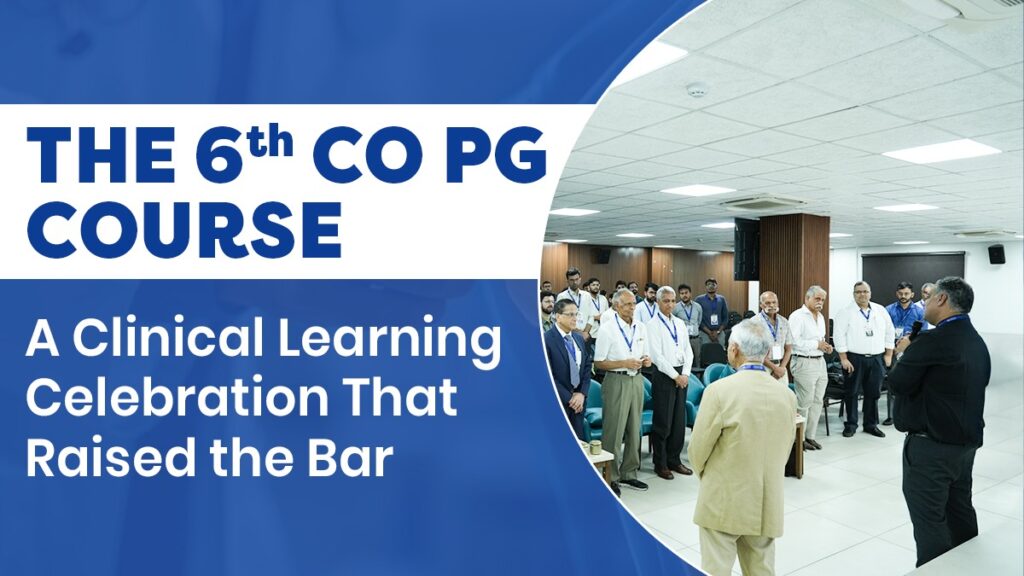
The 6th CO PG Course: A Clinical Learning Celebration That Raised the Bar The 6th edition of the CO PG Course wasn’t just any course— it was a powerful blend of gratitude, education, and clinical clarity. After five consecutive successful editions, this year’s course came with something unexpected and unforgettable: And guess what? It was […]
CO Trauma Pinnacle Course – The Leap Every Trauma Surgeon Needs
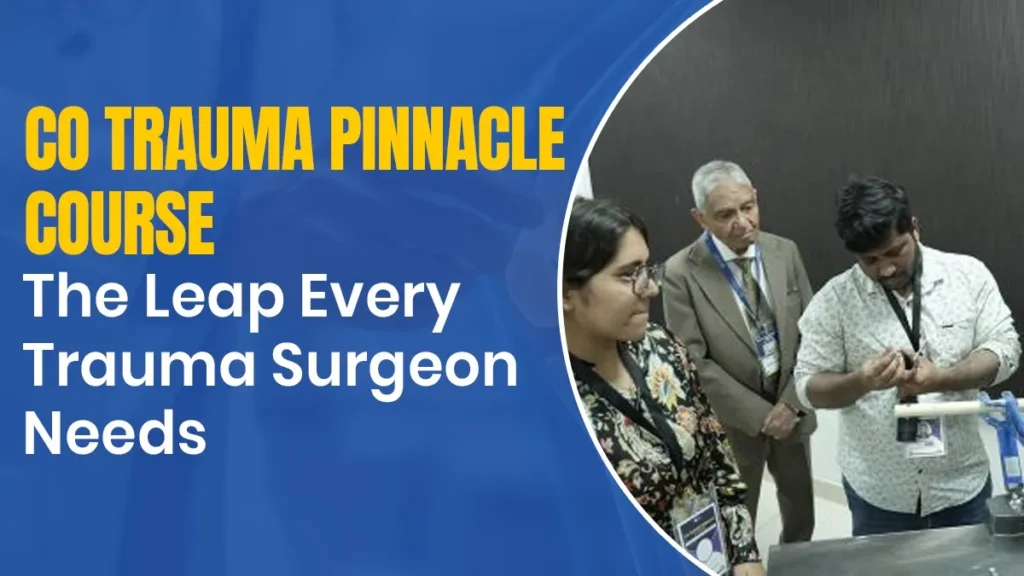
CO Trauma Pinnacle Course – The Leap Every Trauma Surgeon Needs If you’re truly committed to becoming confident in orthopedic trauma surgery, there comes a point when watching videos and attending webinars isn’t enough. You need to pick up the instruments, work with experts, and apply what you’ve learned in real time. That’s exactly what […]
Can I Crack NEET SS Orthopedics in 3 Months?
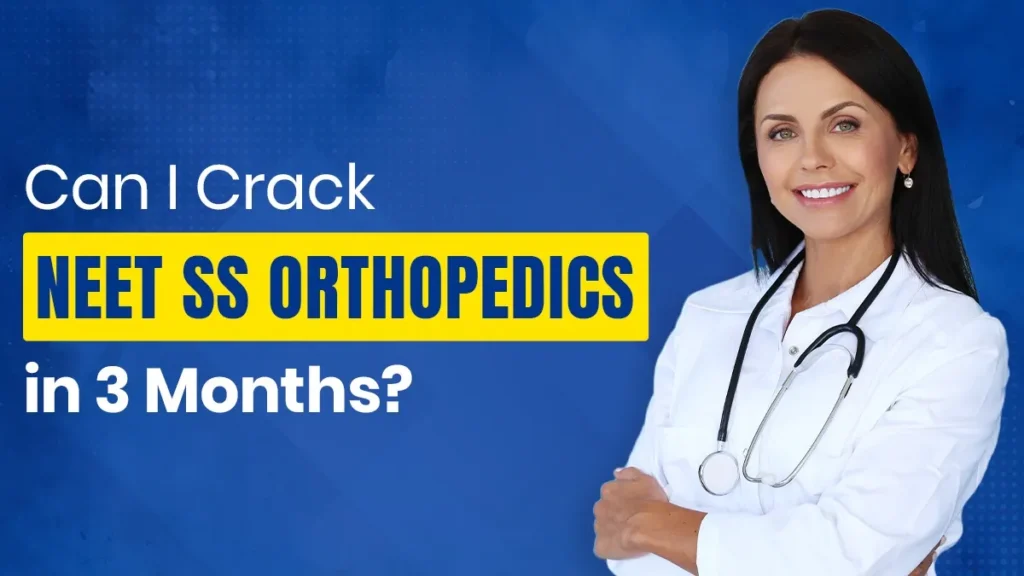
Can I Crack NEET SS Orthopedics in 3 Months? Yes—if you do it the right way. Preparing for NEET SS orthopedics in just 3 months may appear to be challenging, but for serious candidates who have clarity, dedication, and the right platform, it’s undoubtedly possible. Let’s face it. Super Speciality preparation is not a case […]
Want to Clear Your DNB Exam in Orthopedics? Conceptual Orthopedics Has Been Made Just for You

Want to Clear Your DNB Exam in Orthopedics? Conceptual Orthopedics Has Been Made Just for You Preparing for the DNB exam in orthopedics is not an easy task. The syllabus is huge, the time is very short, and clinical duties don’t stop. Most residents find it very hard to balance learning with work. This is […]
Who’s Smarter: Orthopedic Doctor or Artificial Intelligence?

Who’s Smarter: Orthopedic Doctor or Artificial Intelligence? In today’s changing world of orthopedic, the battle between human intelligence and artificial intelligence (AI) is on the rise. As AI is gaining popularity in diagnostics, pre-op planning, and radiology, everyone wants to know—can AI substitute orthopedic doctors? Or alternatively, who’s smarter at making decisions, being adaptable, and […]